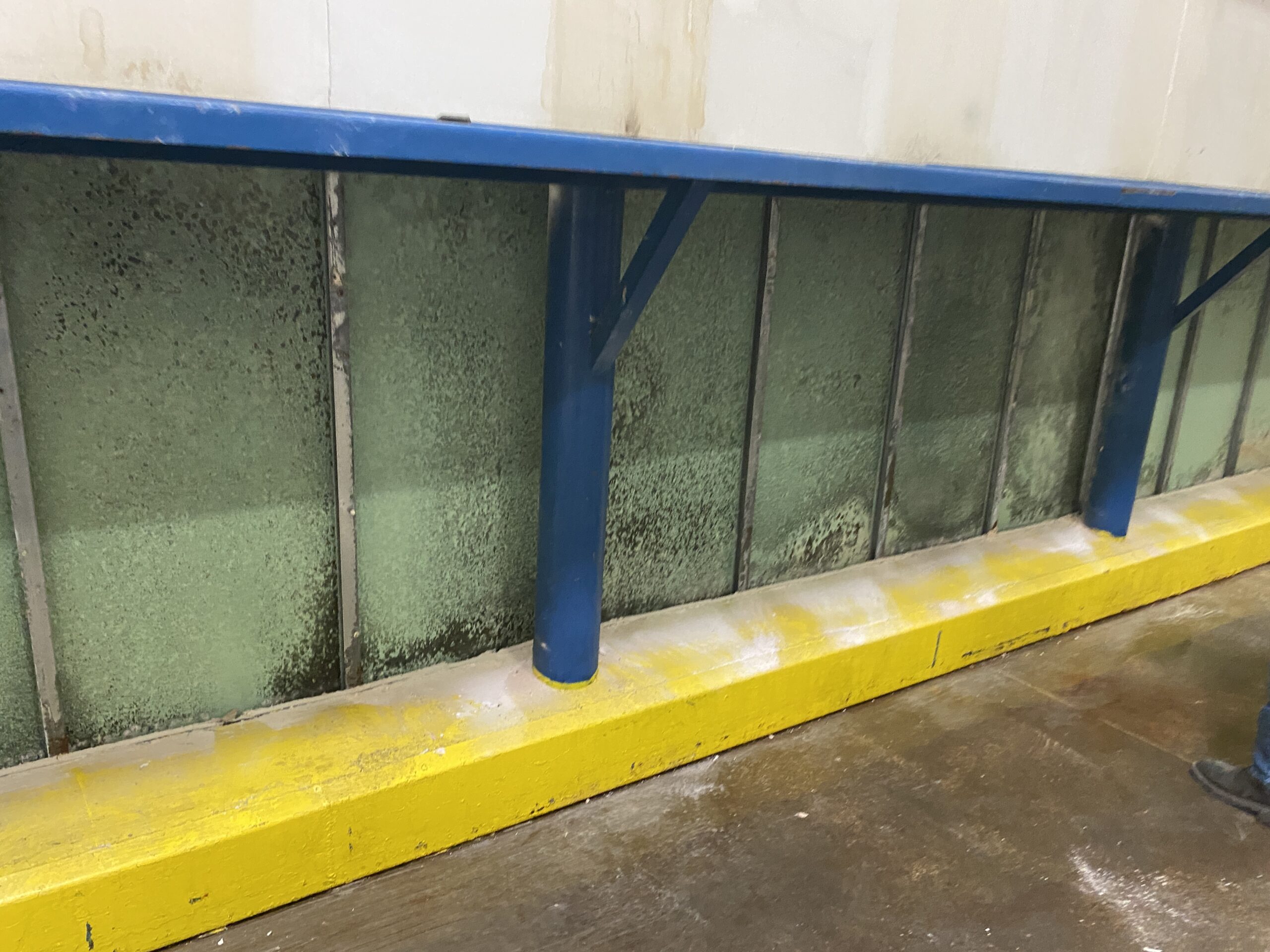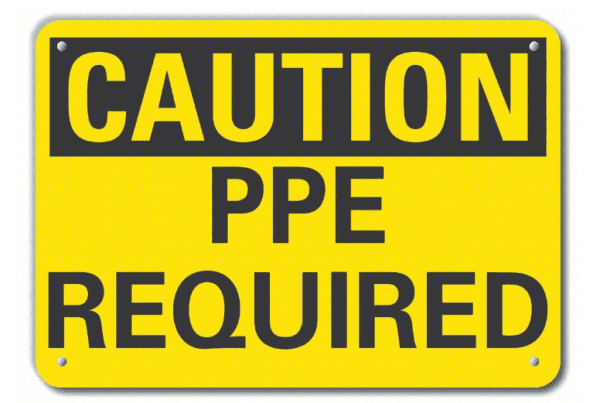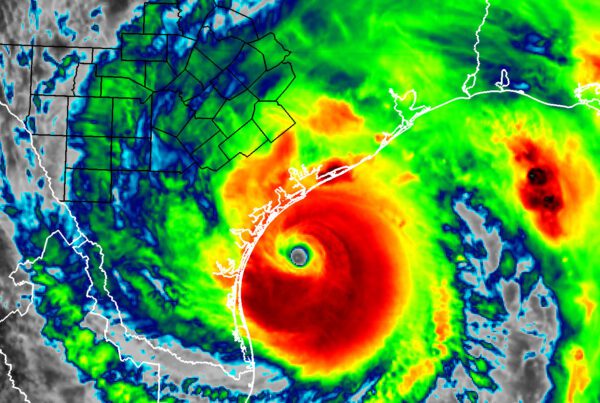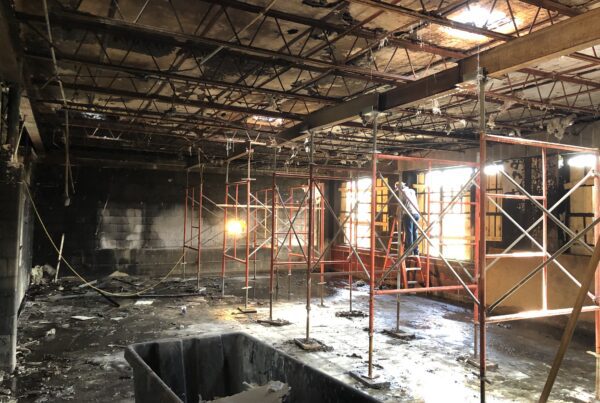Mold is something that has been around since the beginning of time. The earliest reference to mold contamination and remediation can be found in the Old Testament in Leviticus 14:33-47. The term Mold is a general conversational term for visible fungal growth. It is roughly equivalent to a gardener’s use of the term “weed” for a plant growing where it is unwanted. The term “fungi” includes molds, bacteria, and viruses. Molds are the largest component of the fungal classification, so the two terms are often used interchangeably and indiscriminately.
Mold only requires a few things to grow: Mold spores, favorable temperature, a food source, and moisture. The very presence of mold spores is normal in the environment, in fact most local news outlets report on the pollen count daily and more times than not mold will have a registered count. Once mold spores become airborne, they can go just about anywhere. They can travel indoors on people’s clothes, or go through an open window, and even through HVAC air intakes. While we can try to control the presences of mold spores, any measure we take will not be 100 percent effective. In regards to temperature, mold needs an environment between 40- and 100-degrees Fahrenheit to grow. Occupied buildings provide a very comfortable environment for mold growth as most buildings keep indoor temperature between 65 and 80 degrees. Molds use organic materials as a food source. Unfortunately, this includes just about every building material you can imagine. This can include dust, dirt, soiled surfaces, wood, drywall, carpet, and latex paint. Finally mold needs moisture to survive. This could be liquid water from a faucet, water damaged building materials from a leak, or high indoor humidity levels. Relative humidity levels less than 30 percent yield little growth, while humidity levels greater than 70 percent yield optimal growth. Generally, indoor moisture is something that we have control over, which means that moisture is the one factor that will determine whether, or not there is mold growth.
We discussed that mold need moisture and a food source to survive, but there are several other factors that encourage mold growth. A few of the ideal conditions include: warm temperatures, high humidity areas, areas where condensation is present and areas of inadequate ventilation. Mold thrives in warm climates, with temperatures between 70- and 90-degrees Fahrenheit as the sweet spot. Mold can also get the moisture it needs from water vapor in the air (humidity). Indoor relative humidity levels of 70 percent and above are a major stimulant for mold growth. Condensation can become a problem when it forms regularly on moisture sensitive materials that can absorb the moisture and create an ideal environment for mold growth. Areas of a building that have inadequate ventilation typically have higher levels of humidity. Less air movement means, less drying and typically more moisture.
Mold can grow in just about any indoor space, but areas that feature any of the ideal conditions mentioned above will have a greater risk for mold growth. Some building materials tend to trap or absorb moisture more than others. Other building areas have higher humidity, less ventilation and/or are more prone to condensation. A few of the areas to look out for where the stars align to create an ideal space for mold growth are: on or around window/door frames, behind wallpaper, on carpet pad, on ceiling tiles (water stained), inside exterior walls, on interior walls in the space above drop ceilings, and behind bubbling/blistering paint.
It is important to note that Texas is one of three States that has regulations in regards to Mold. If you suspect or know you have an area that contains mold growth the first thing that you should do is contact a licensed Mold Assessment Company (MAC). The MAC will be able to take samples, identify mold, and produce a mold remediation protocol. Once the mold remediation protocol is produced, you can then contact a licensed Mold Remediation Contractor (MRC) to remediate the problem. You can find of list of licensed MAC’s and MRC’s at the following link: https://www.tdlr.texas.gov/LicenseSearch/. Until next time my friends, be prepared and stay safe.
Reference: “The Mold Equation: What Causes Mold Growth” by: Claire Foster and “The Growing Problem of Mold” by: Ronald D. Schaible





